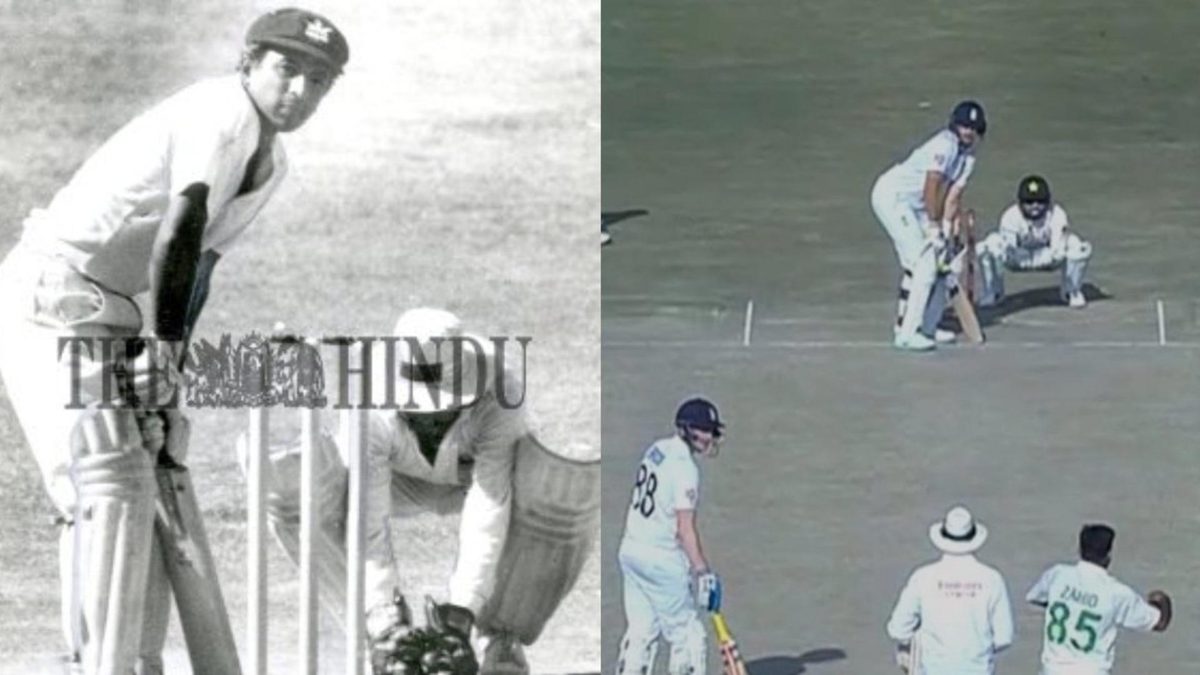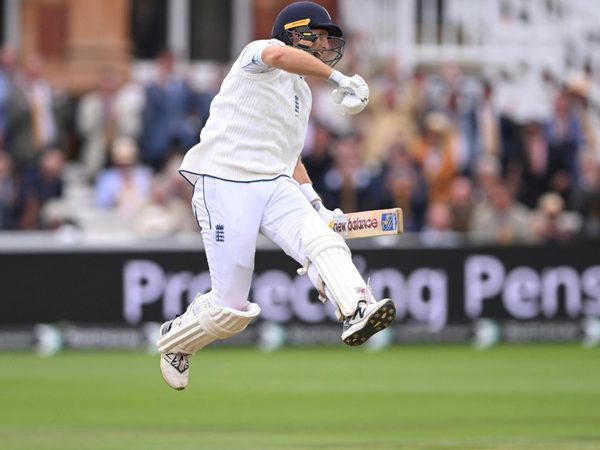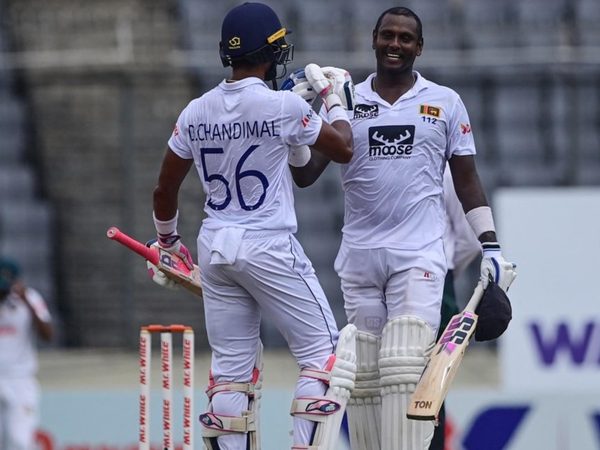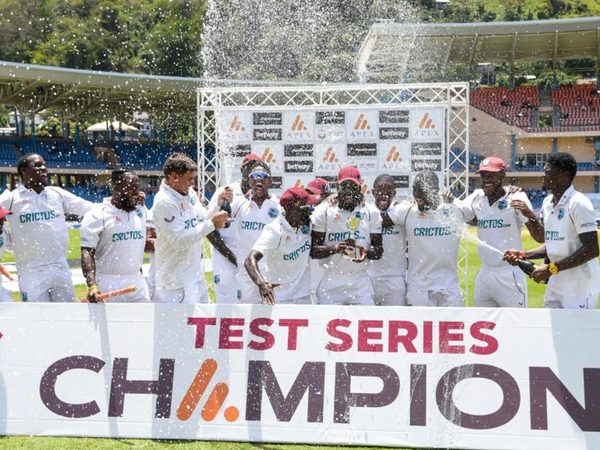
Four decades before Joe Root in Rawalpindi, Sunil Gavaskar batted left-handed for Bombay (now Mumbai) to counter the left-arm spin of Raghuram Bhat.
If a Ranji Trophy knockout match is drawn, the team with a first-innings lead proceeds to the next round (or lifts the trophy, in case of a final). The matches used to be timeless at one point (Bombay played for seven days in both the semi-final and final in 1948/49, for example), but the current rules were in place in 1981/82.
On a turning pitch at the M Chinnaswamy Stadium, Ghulam Parkar (84), who would play for India the next summer, added 62 with his captain Gavaskar (41) and 101 with Sandeep Patil. Patil then blasted his way to 117 not out, but ran out of partners as Bombay were bowled out for 271. Bhat took 8-123. B Vijayakrishna, Karnataka’s other left-arm spinner, got the other two wickets.
Sudhakar Rao then responded to Patil’s hundred with an unbeaten 155 not out to lift Karnataka from 195-5 to 470. Ten Karnataka batters reached double figures, including No.11 Bhat. Rao and Bhat added 91 for the last wicket to stretch Bombay’s lead to a decisive 199. Mumbai’s left-arm spinners, Ravi Shastri (already a Test cricketer) and Ravindra Thakkar, bowled 103 overs for a lone wicket.
The Karnataka innings ended on the final morning, reducing the last day’s cricket to a formality. However, Bombay were the giants of Indian domestic cricket, and an outright win – that too by an innings – was something every Ranji Trophy side had aspired to do.
Gavaskar dropped down the order, and Dilip Vengsarkar opened with Parkar. They added 72, but Bhat (5-77) and Vijayakrishna (2-56) were at it again. Having realised that “the ball was turning square and Raghuram Bhat was pretty much unplayable on that surface”, Gavaskar had promoted Suru Nayak, the only left-hander of the XI, to No.3. Bhat claimed him for nine.
Gavaskar needed a left-hander to combat the turn, so he discussed batting left-handed with Bombay manager Sharad Diwadkar, leaving the latter “horrified”. But he had made up his mind.
He batted, and batted, and batted. Karnataka got three wickets at the other end. Their captain, Gundappa Viswanath, Gavaskar’s brother-in-law (and in the eyes of many contemporaries, at least an equal as batter), himself bowled leg-breaks. They got three more wickets – but not Gavaskar’s.
“I tried all my tricks – the faster one, armer, chinaman, yorker. I bowled round the wicket, over the wicket, and used the bowling crease, but Gavaskar played with confidence,” confessed Bhat.
Bombay were 176-9, 23 short of the innings-defeat mark, when No.11 Thakkar walked out. They pushed the score to 200-9 before Gavaskar shook hands with Viswanath.
Curiously, not everyone was impressed. A ‘veteran writer’ accused him of being “above Indian cricket at the time and would do as he pleased,” adding that the reasons for his batting left-handed “went beyond cricket.”







